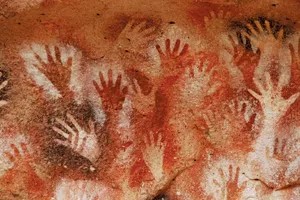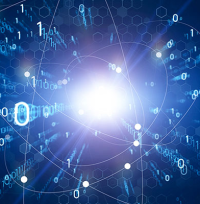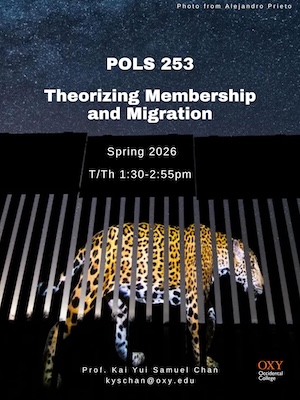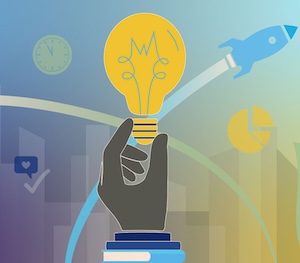CTSJ/HIST 232: The Holocaust: History, Memory, and Justice
Prof. Ben Ratskoff & Prof. Marla Stone | TR 1:30-2:55 | 4 units
Core Requirements Fulfilled: CPRF
Prerequisites: None
Course Description:This course examines the Holocaust as a historical event, as well as its continuing manifestations around memory, justice, and representation. We will trace the origins, implementation, and legacies of the persecution and mass murder of Jewish people by Nazi Germany and its allies and collaborators alongside the persecution and mass murder of Communists, Socialists, Sinti and Roma, disabled people, queer and trans people, Black people, Slavic peoples, and others in Nazi-occupied territories. Situating the Holocaust within the broader history of Europe and the world from 1919 to 1945, students will study the rise of fascism and the Nazi Party, the role of nationalism, antisemitism, and colonialism, the development of racist and eugenic policy, the context of war in enabling mass atrocity, and postwar processes of memory and justice. In addition to historical frameworks, this interdisciplinary course draws on methods and sources from Jewish Studies, Genocide Studies, Cultural Studies, Visual Studies, Memory Studies, and Critical Theory. Throughout, attention will be given to the potentials and pitfalls of documentary evidence, photography, and testimony; the politics of memorialization and representation; debates over uniqueness and comparison; and the roles played by gender, sexuality, race, religion, class, geography, and political ideology in shaping the experiences of both victims and perpetrators. Students will also have an opportunity to engage the landscape of Holocaust memory in Los Angeles, including institutions such as the USC Shoah Foundation, the Holocaust Museum Los Angeles, and the Museum of Tolerance.
Image caption: Jewish Resistance fighters who were captured by SS troops during the Warsaw Ghetto uprising

![Combat of Rama and Ravana [Historical Illustration] Combat of Rama and Ravana](/sites/default/files/assets/Advising/F25_ARTH_195.jpg)
![[Painting] Dorothy Tanning's "Aux environs de Paris (Paris and Vicinity)" (1962)](/sites/default/files/styles/wysiwyg_300w/public/assets/Advising/Tanning_Aux_environs_de_Paris.jpeg)









![Jewish Resistance fighters who were captured by SS troops during the Warsaw Ghetto uprising [Historical Photo] Jewish Resistance fighters who were captured by SS troops during the Warsaw Ghetto uprising](/sites/default/files/assets/Advising/F25_CTSJ_HIST_232.jpg)

